Introduction: Why Australia is a Photographer’s Paradise
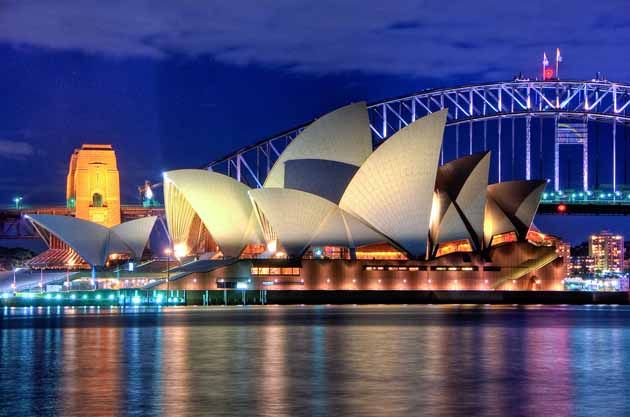
Australia offers an unparalleled diversity of photographic subjects across its 7.6 million square kilometers. From the rust-red deserts of the Outback to the azure waters of the Great Barrier Reef, this continent presents:
- Unique geological formations (Uluru, Pinnacles, Twelve Apostles)
- Vast biodiversity (90% of wildlife found nowhere else)
- Dramatic coastal contrasts (white sand beaches to black rock cliffs)
- Urban architectural icons (Sydney Opera House, Melbourne laneways)
This guide explores 15 essential Australian photography locations, with professional tips for capturing their essence.
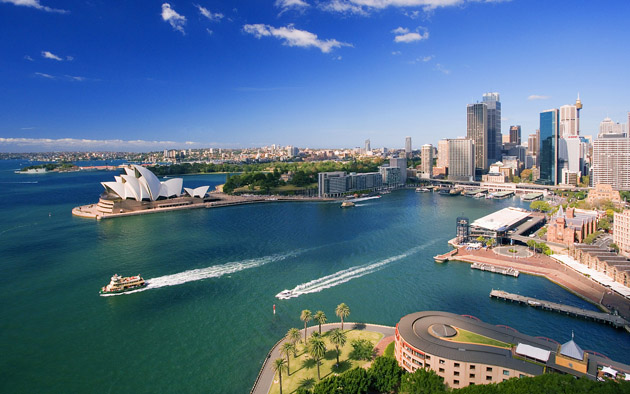
Section 1: Iconic Outback Landscapes
1. Uluru-Kata Tjuta National Park
Best Shots:
- Sunrise/sunset color transformations (shoot 30 mins before/after)
- Star trails around the monolith (use 20-30 sec exposures)
- Rare rainfall cascades (December-March)
Pro Tip: Respect Anangu cultural protocols – some angles are sacred.
2. Purnululu (Bungle Bungle) Range
Unique Features:
- Beehive-striped sandstone domes
- Cathedral Gorge’s natural amphitheater
- Best captured by helicopter or at golden hour
Gear Recommendation: Polarizing filter enhances the orange-black contrasts.
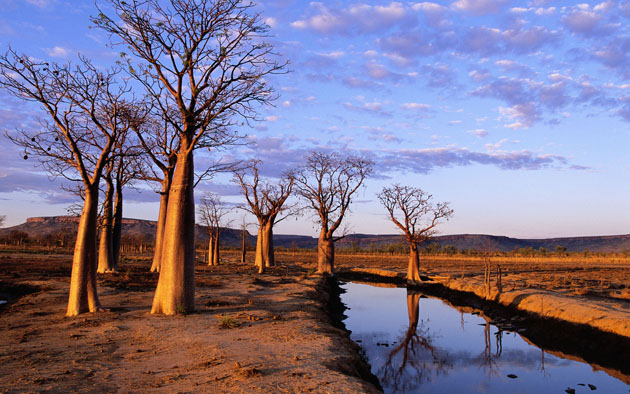

Section 2: Coastal Wonders
3. Great Ocean Road, Victoria
Must-Photograph Sites:
| Location | Best Time | Key Feature |
|---|---|---|
| Twelve Apostles | Pre-dawn | Misty sea stacks |
| Loch Ard Gorge | Midday | Turquoise water contrast |
| Gibson Steps | Sunset | Beach-level perspectives |
Weather Note: Southerly winds create dramatic wave sprays in winter.
4. Ningaloo Reef, WA
Underwater Advantages over GBR:
- Easier shore access
- Whale shark encounters (March-August)
- Less coral bleaching
Snorkeling Photography Kit:
- GoPro with red filter
- Floating handgrip
- Anti-fog inserts
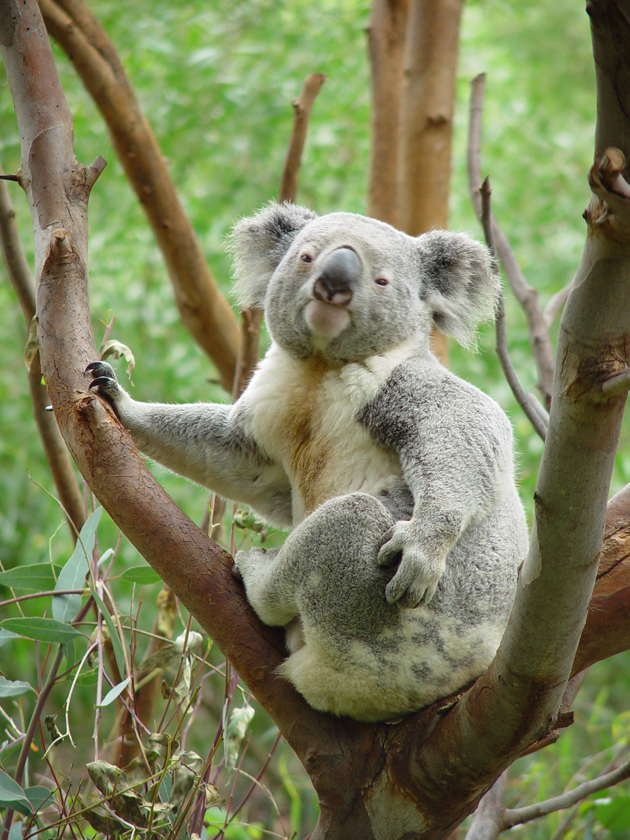

Section 3: Urban Photography Hotspots
5. Sydney Harbour
Creative Compositions:
- Circular Quay ferries as foreground
- Luna Park face framing the bridge
- Vivid Festival light projections (May-June)
Night Settings:
f/8-f/11 | ISO 100-400 | 10-30 sec exposure
6. Melbourne’s Hidden Gems
Lesser-Known Spots:
- Flinders Street Station underpass graffiti
- Royal Botanic Gardens’ fern gullies
- Brighton Beach bathing boxes at twilight
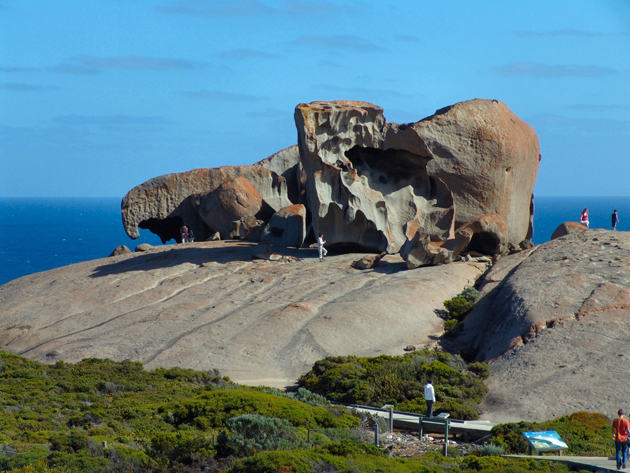
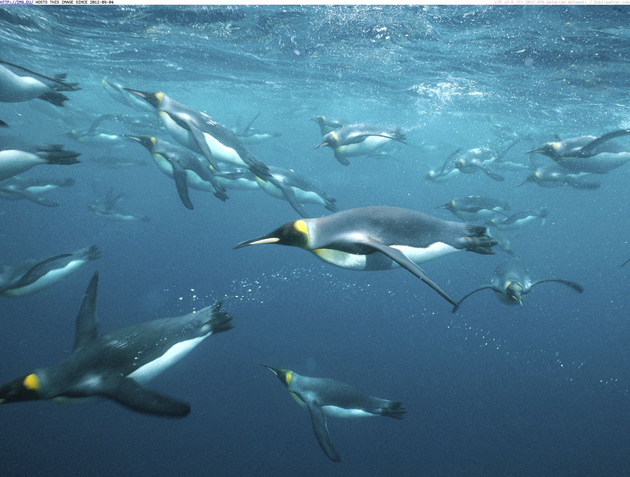
Section 4: Wildlife Photography Sanctuaries
7. Kangaroo Island, SA
Species & Techniques:
| Animal | Best Location | Recommended Lens |
|---|---|---|
| Koalas | Hanson Bay | 70-200mm |
| Echidnas | Flinders Chase | Macro |
| Sea Lions | Seal Bay | 24-70mm (wide environmental) |
Ethical Note: Maintain 10m distance from all wildlife.
8. Daintree Rainforest
Rainforest Challenges & Solutions:
- Low Light: Use fast prime lenses (f/1.4-f/2.8)
- Moisture: Carry silica gel packs for gear
- Focus Issues: Manual focus on intricate foliage

Section 5: Seasonal Photography Guide
Best Times for Key Locations
| Season | Location | Photographic Opportunity |
|---|---|---|
| Summer (Dec-Feb) | Kimberley | Thunderstorm landscapes |
| Autumn (Mar-May) | Blue Mountains | Misty valleys |
| Winter (Jun-Aug) | Snowy Mountains | Alpine wildlife |
| Spring (Sep-Nov) | WA Wildflowers | Colorful carpet blooms |

Technical Appendix: Australia-Specific Gear Tips
- Dust Protection:
- Weather-sealed cameras
- Lens changing bags
- Rocket blower for sensor cleaning
- Extreme Conditions:
- Outback: Heat-resistant gear cases
- Tropics: Anti-condensation strategies
- Coastal: Salt spray protection
- Drone Regulations:
- No flying in national parks
- Max 120m altitude
- 5.5km from airports
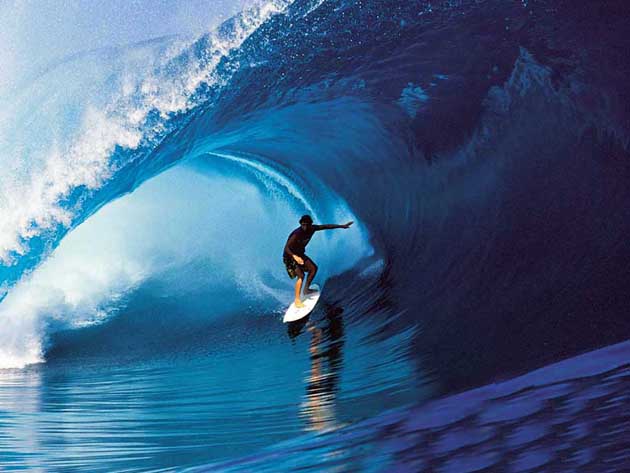
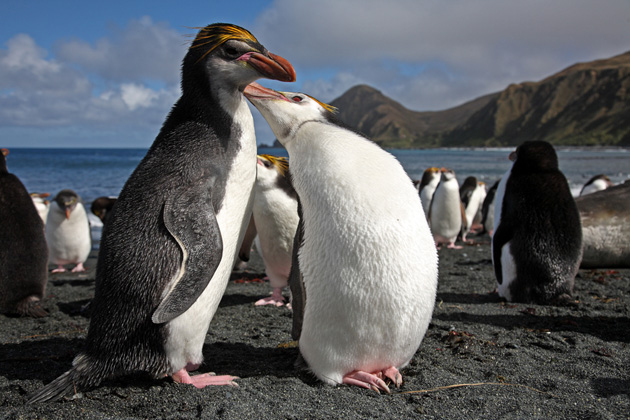
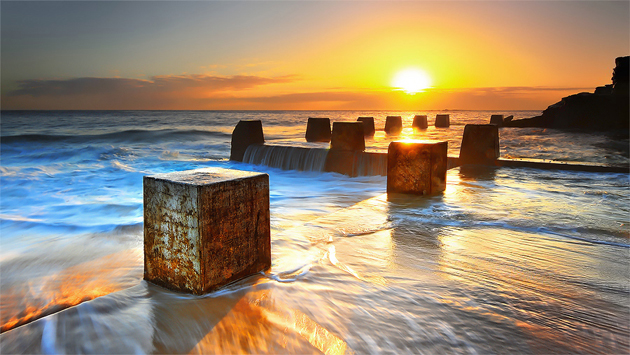

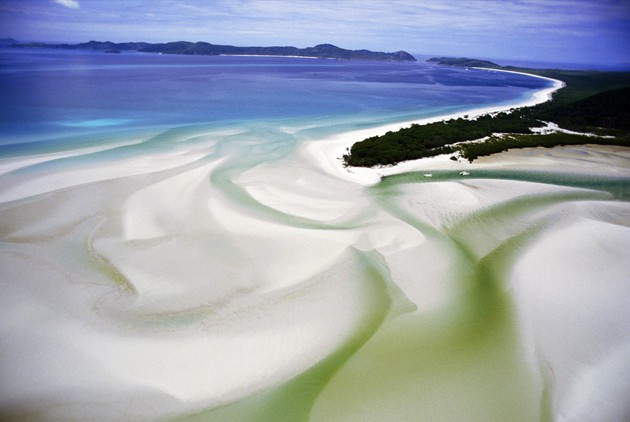

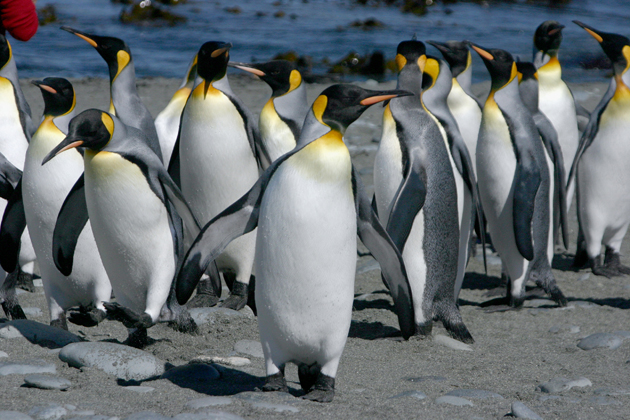

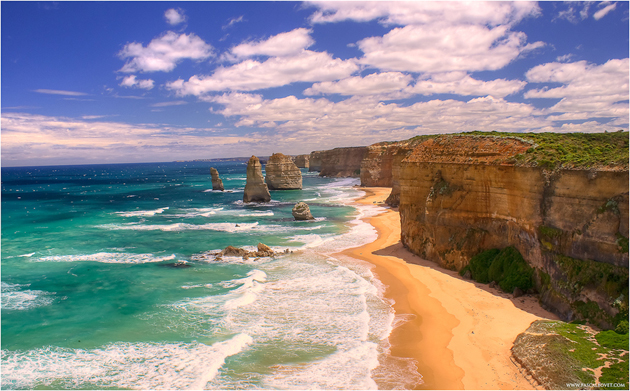
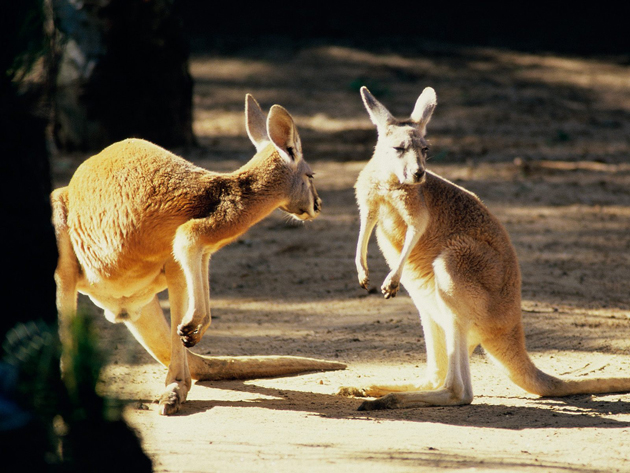
Conclusion: Crafting Your Australian Photography Itinerary
Plan your shoot schedule around:
◼ Light conditions (golden hours, seasonal sun angles)
◼ Biological rhythms (wildlife activity, migration seasons)
◼ Cultural events (Vivid Sydney, Parrtjima Festival)
Pro Resource: Download the Bureau of Meteorology’s “Weather Zone” app for hyper-local forecasts.
“The land down under doesn’t just invite photography – it demands it. Every dune, reef and cityscape tells an ancient story waiting for your lens to uncover.”
